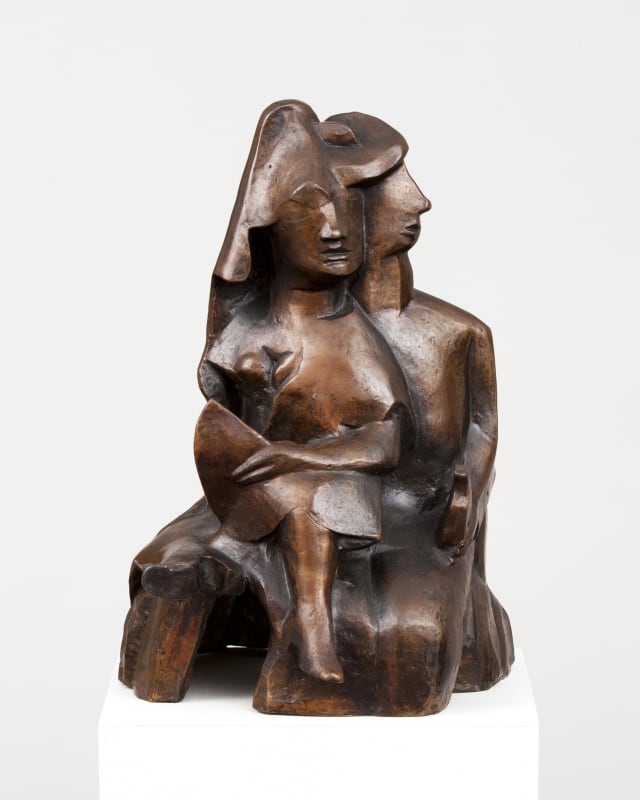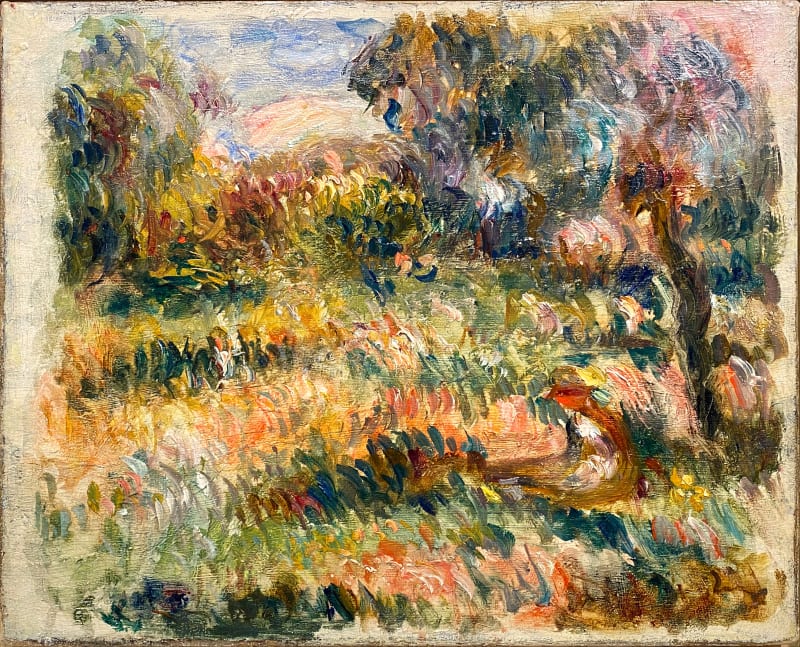-
Alexander Calder
-
Marc Chagall
-
Robert Delaunay
-
Raoul Dufy
-
Otto Gutfreund
-
Fernand Leger
-
Joan Miro
-
Francis Picabia
-
Pablo Picasso
-
Pierre-Auguste Renoir
-
Thomas Ring
-
Léopold Survage
-
Yves Tanguy
-
Zao Wou-Ki









